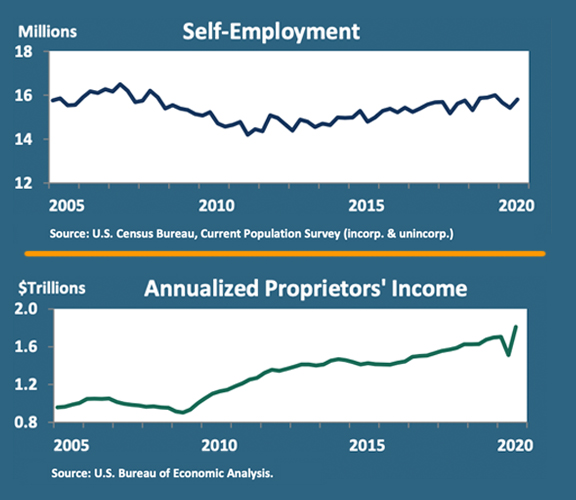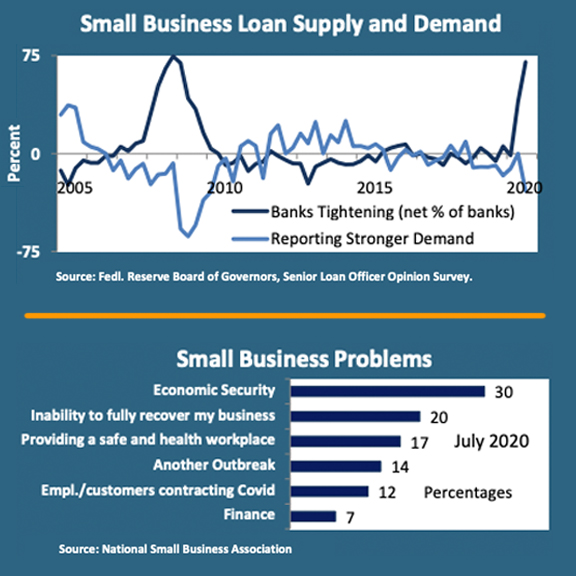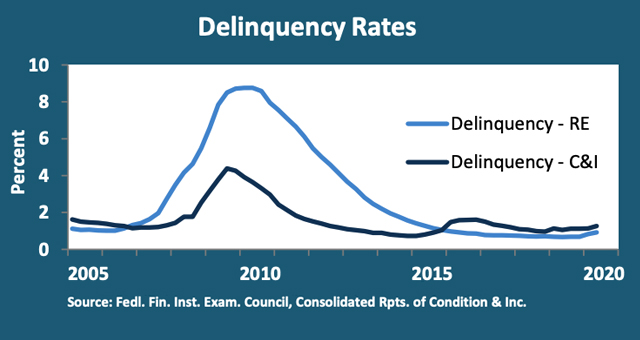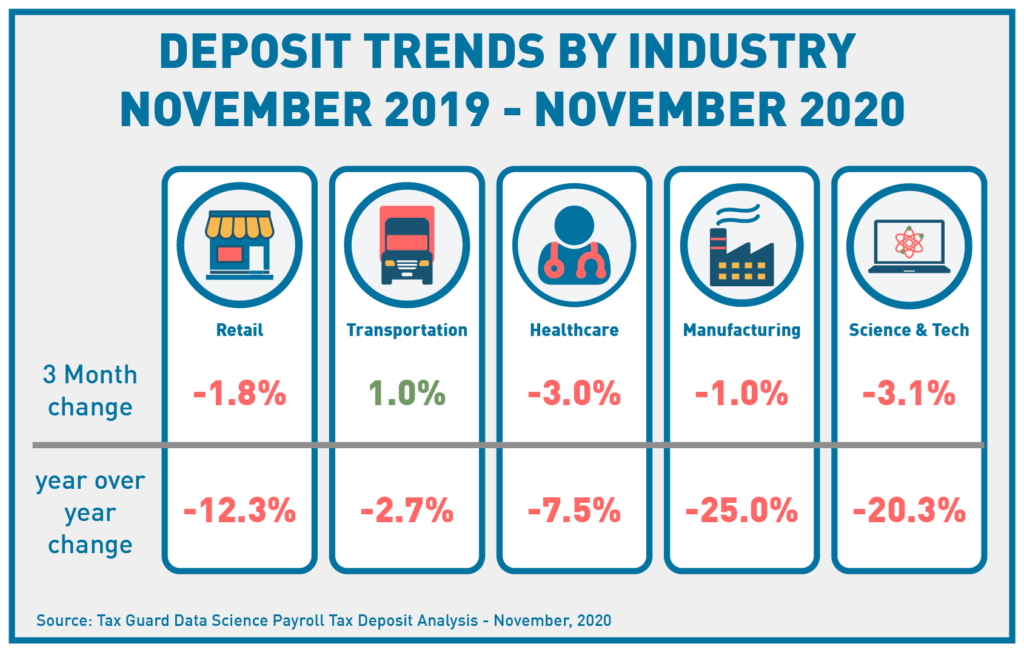Hang Tight: The Small Business Lending Rollercoaster Isn’t Slowing Down Anytime Soon Published December 18, 2020

Commercial lending has certainly seen its share of ups and downs this year, but arguably none have been more impacted than government-guaranteed lenders.
The impacts of COVID on small businesses have been incredibly challenging, and Small Business Administration (SBA) lenders have held on tight while navigating a rollercoaster of policy changes, underwriting changes, the CARES Act, and the massive PPP program, all in an effort to support small business owners. Recently the SBA concluded a record-breaking fiscal year with the highest amount of capital distributed in its history – nine million loans for over $750 billion.
But what does this mean for the future of commercial lending and small business owners? To find out more, we broke down lending trends from an insightful U.S. Small Business Administration Office of Advocacy’s December 2020 Economic Bulletin below.
Self Employed Businesses Have Recovered and are Likely Here to Stay
Let’s start with a bit of good news. According to the SBA, self-employed business owners have recently recovered or are experiencing a bit of an uptick in Q4 revenue compared to Q2 2020. Most proprietors managed to stay in business throughout the pandemic although their income declined 13% in Q2.
According to the SBA, this is the largest quarterly decline in history since the establishment of quarterly data tracking in 1947. There is some speculation as to whether this recovery is only temporary, stemming from relief funding. For SBA lenders and other commercial lenders that support small businesses, this could mean another spike in lending requests once the holiday season has passed and the temporary injection of cash flow is back down.
It’s probably safe to predict that a spike in loan applications could be seen as early as mid-January 2020, particularly if an end of year stimulus package doesn’t get passed. However, it’s too early to tell how the government stimulus programs could look and what businesses can expect in the new year.
Job Creation Suffers While New Businesses are Born
It’s not surprising that job creation has been significantly impacted by COVID this year. In the spring of 2020, ADP estimated that large organizations with 1,000 or more employees experienced the biggest monthly decline in their number of employees. Smaller organizations also experienced significant losses but appear to have gained more since, overall losing 4.8 million net jobs vs 5.3 million for large firms.
We recommend that commercial lenders follow job creation trends closely, particularly as it relates to payroll tax deposit trends. While job creation appears to be down across the board, an additional decrease in payroll deposits could be an indication that the business is in even more trouble than appears on the surface. Learn more about what deferred payroll taxes could mean for lenders in our video here.
Surprisingly, there seems to be a spike in business applications – indicative of new businesses opening – according to the Census’ High-Propensity Business Applications. At this time, it is unclear if this surge is from new businesses being formed, or recently closed businesses reforming. We will continue to stay close to this over the next few months but if it is in fact a trend, as opposed to a data anomaly, lenders may see a spike in startup business applications in the upcoming months.
Small Business Loan Demand is on the Rise
According to the SBA, loan demand was trending down prior to the pandemic and has continued to do so throughout the pandemic, citing the fact that small business owners are more concerned about the effects of the pandemic on their sales and shutting their doors as opposed to financing.
During this time, many lenders also tightened up their underwriting requirements and due diligence practices. The share of small business loans (loans for $1 million or less) of total loans has been in steady decline, but for the first time in nearly a decade, it has shown a slight increase over the past few months. The increase can be attributed to the PPP loans flooding the market as well as from banks limiting new loans and outstanding loan amounts being slowly paid down.
With all of this in mind, commercial lenders may continue to see an increase in loan demand as we head into 2021.
Increasing Delinquency Rates may be just the Tip of the Iceberg
As sales for many businesses continue to be negatively impacted by the pandemic, delinquency rates are on the rise for both commercial and real estate loans. To date, the overall loan delinquency increase in 2020 has been minimal but for commercial lenders, this could be indicative of a trend that is here to stay.
In our tax data, this increase in loan delinquencies can also be identified in payroll deposit trends. Through a deep analysis by our data science team, we can see that many industries such as transportation and technology seem to be weathering the storm fairly well, but the service industry and healthcare are still struggling to rebound.
We’ll continue to monitor these trends in the upcoming year to determine which industries are growing and shrinking their payrolls and are continuing to make their deposits–indicative of their cash flow stability.
What to Expect in 2021
One thing we can all agree on is that 2020 has been a year of rapidly changing uncertainty. As commercial lenders set their sights on 2021, the key focus should be on how to best understand the financial health of businesses with data that matters. By evaluating and monitoring borrowers based on their industry types, alongside changes to their tax payroll deposits, lenders can be more confident as they continue this bumpy ride into the new year.





